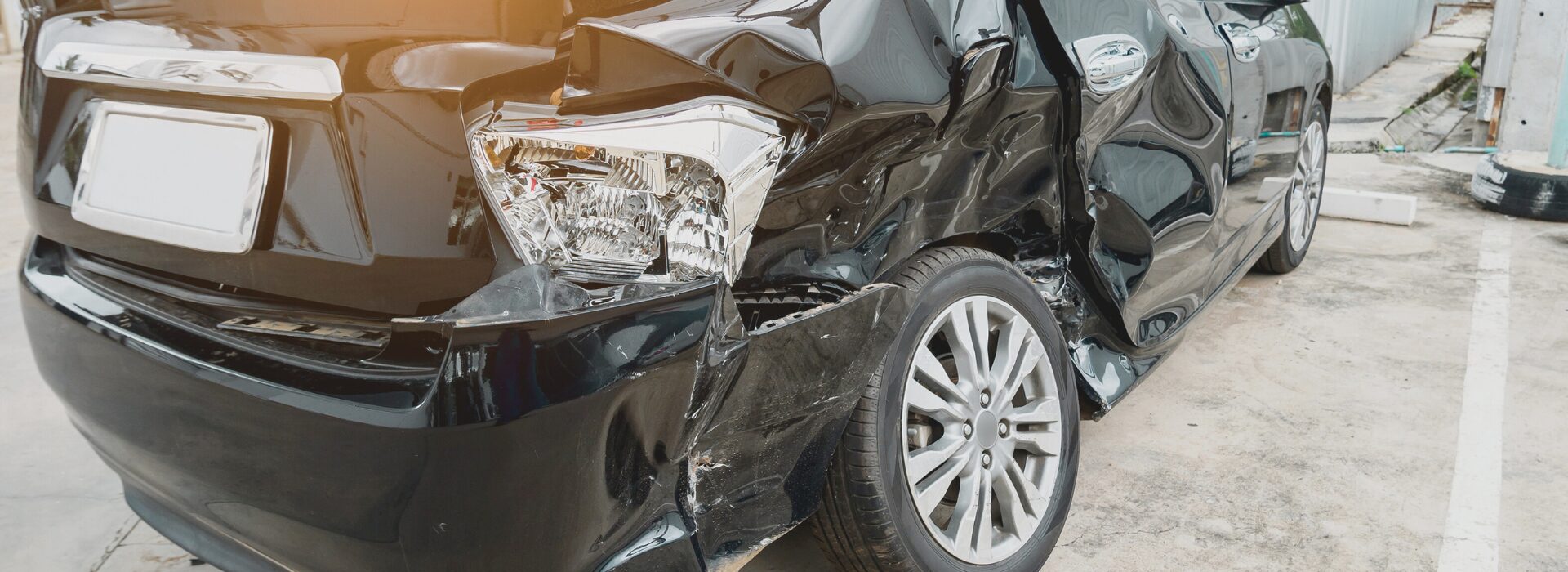You may have heard of people bringing cases for slip and falls and wonder on what grounds they are able to pursue injury claims. A key factor in their ability to recover compensation for their injuries is the Occupiers’ Liability Act. This is a statute in Alberta that sets out when property owners will be responsible for injuries which occur on their premises.
When is The Occupier’s Liability Act Relevant?
The most frequent example is in cases of slip and falls, but the occupier’s liability act can become a factor wherever you are injured on another persons property. Other examples might include falling into a large pit on somebody’s property, structural materials falling on you, or a pipe bursting on you.
When Does the Occupier’s Liability Act Apply?
The act makes clear under section 5 that an “occupier” of a “premises” owes a duty to every visitor on the occupiers’ premises to take such care as in all circumstances of the case is reasonable to see the “visitor” will be reasonably safe in using the premises for which the visitor is invited or permitted by the occupier or by law to be there.
This means that in certain instances, an “occupier,” as defined by the act, owes a duty to look out for the safety of “visitors,” which is also defined by the act.
What Is An Occupier for the Purposes of the Act?
An occupier is defined under s 1(c) and includes a person who is in physical possession of the property or who has responsibility for and control over the condition of the premises, the activities conducted on those premises and the person allowed to enter those premises. The act specifies there can be more than one occupier of the same premises.
The definition above clarifies that the occupier can include more than just the premises owner and can extend to anyone exercising responsibility and control over the premises. This then would include anyone renting a property or tasked with looking after the property. Thus, the term occupier can be rather expansive and include many people.
What is a Visitor for the Purposes of the Act?
The term visitor is defined under s 1(e) and is noted to include entrants as of right, a person who is lawfully on the premises by virtue of a contract, any other person whose presence on the premises is lawful, or a person whose presence on the premises becomes unlawful after entry and is taking reasonable steps to leave the premises.
Thus, as we see, the term captures anyone with a legal right to be on the property or who has been told to leave and is taking steps to do so. These are the people to whom the duty is owed.
What Does the Act Mean by “Premises” for Purposes of the Act?
Premises are defined under s 1(d) as including an extensive array of structures and areas. These include staging/scaffolding and similar structures regardless of affixation to the land. Poles, standards, pylons, and wires are also caught to transmit electric power or communication or transport passengers. While vehicles such as trains, ships, and trailers used as residences/shelters/offices are also included.
One notable exception to the term is that aircraft, motor vehicles or other vehicles/equipment not directly mentioned in the definition will not be considered premises.
What Does the Obligation of the Occupier Extend to?
As per S 6 the occupier will have a duty of care in relation to the condition of the premises, activities conducted on the premises, and conduct of third parties on the premises.
Can the Occupier/Visitor Modify This Relationship?
As per S 8 the liability of an occupier under the act can be modified or excluded by contract/notice but this will not be effective unless it is first brought to the visitor’s attention.
This means for example, that waivers of liability signed to participate in activities signed on a ski hill may be able to bar any claim for personal injury you may have due to your presence on the premises.
That is not to say that every time you sign a waiver, you are automatically barred from bringing an action. If you have been injured in an accident on another person’s premises and have signed a waiver, it can still be worth consulting with a lawyer to assess how well the waiver holds up legally.
James H. Brown and Associates, Alberta Injury Lawyers
James H. Brown and Associates is not actively pursuing occupier’s liability files at this time. This content is provided to help understand Alberta’s Occupier’s Liability Act. Please visit the Law Society of Alberta’s lawyer referral page to find a lawyer active in occupier’s liability.


















